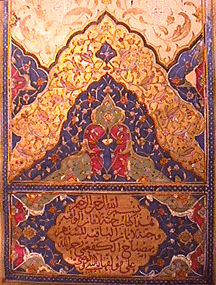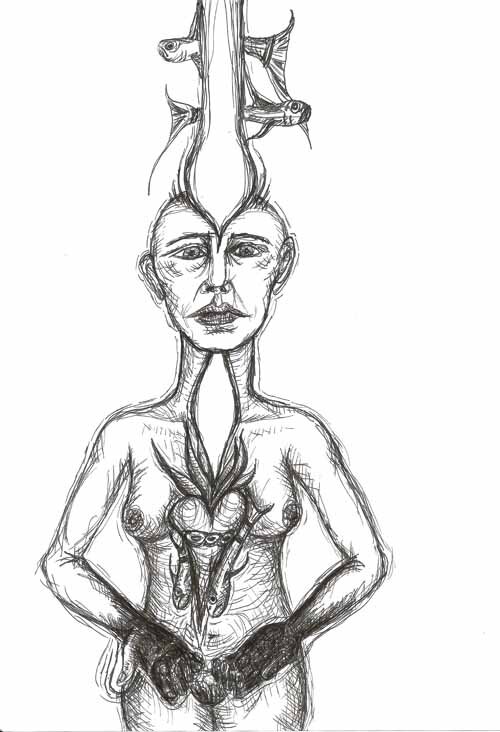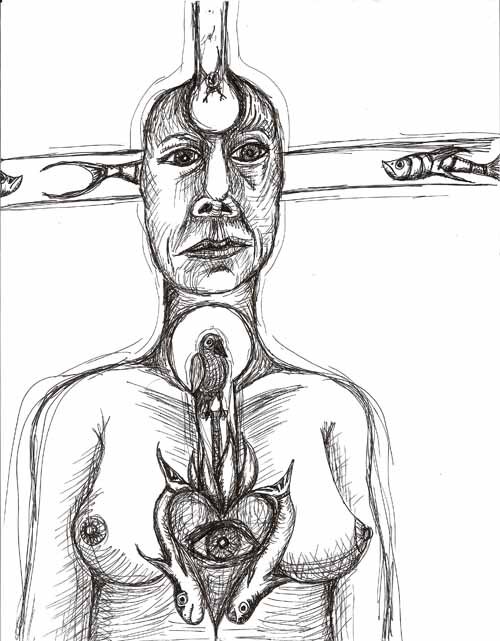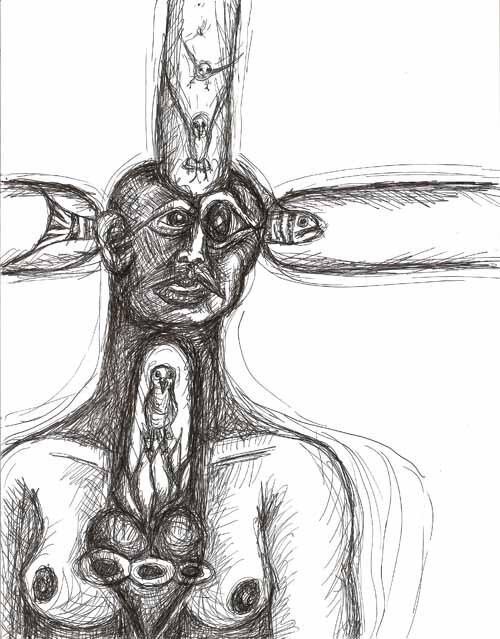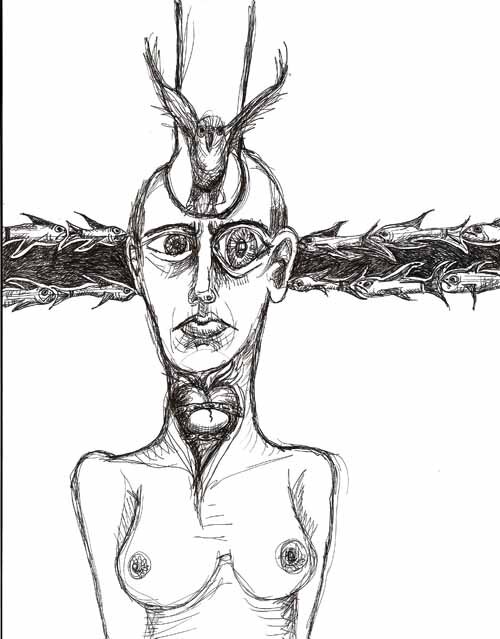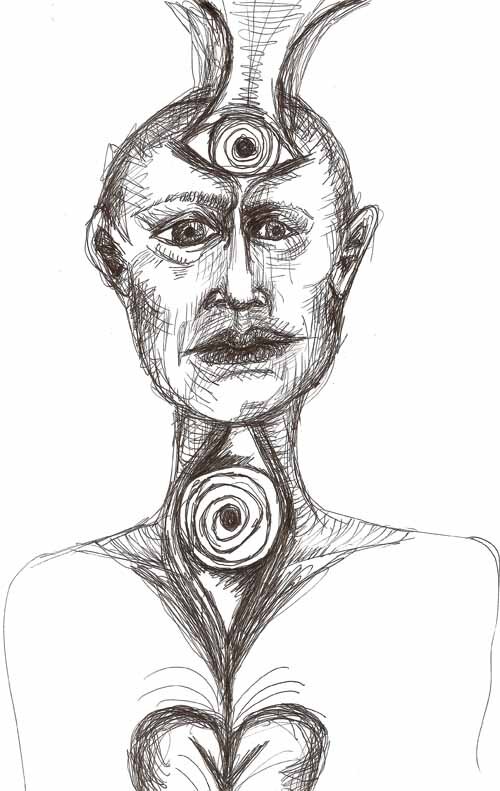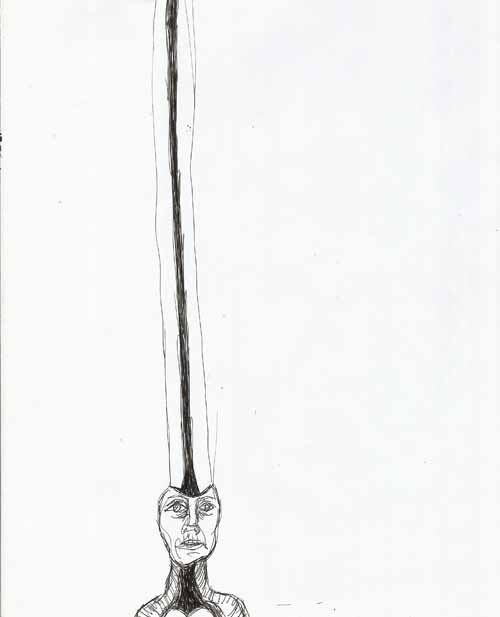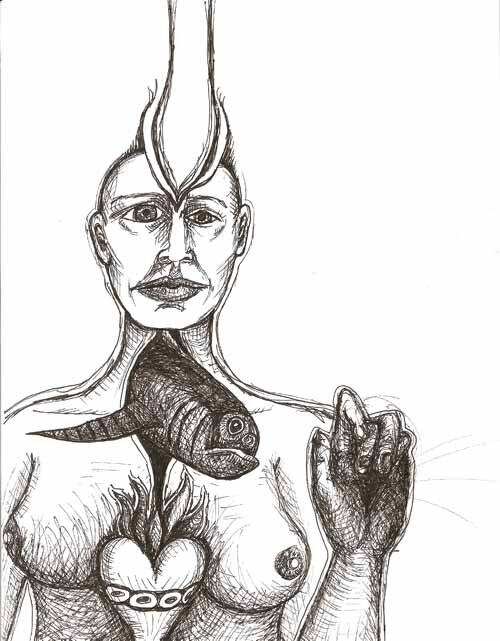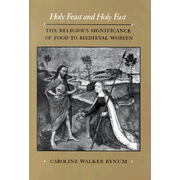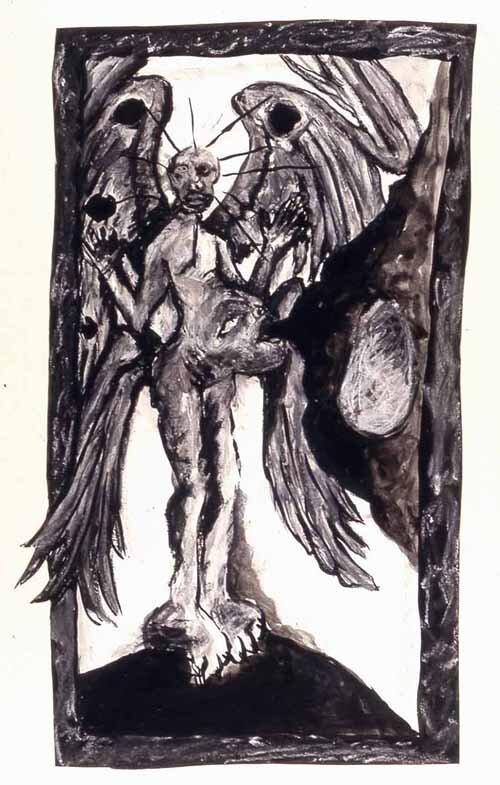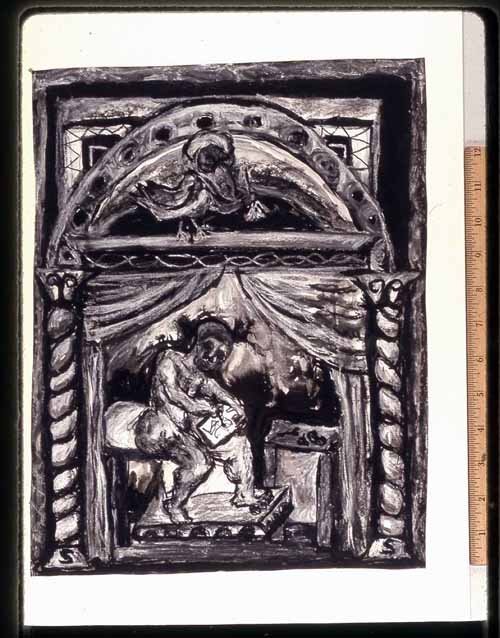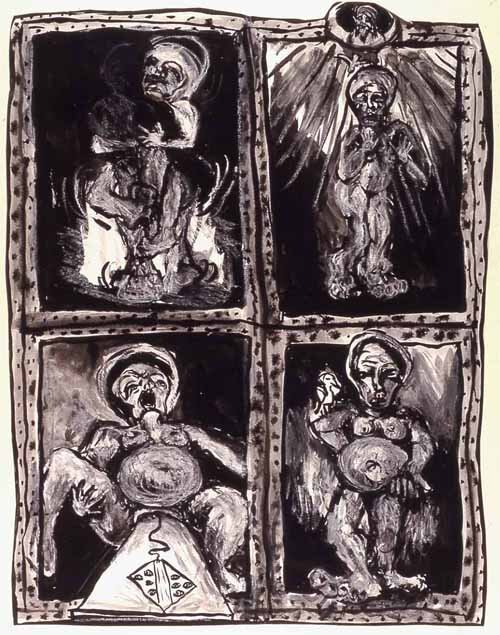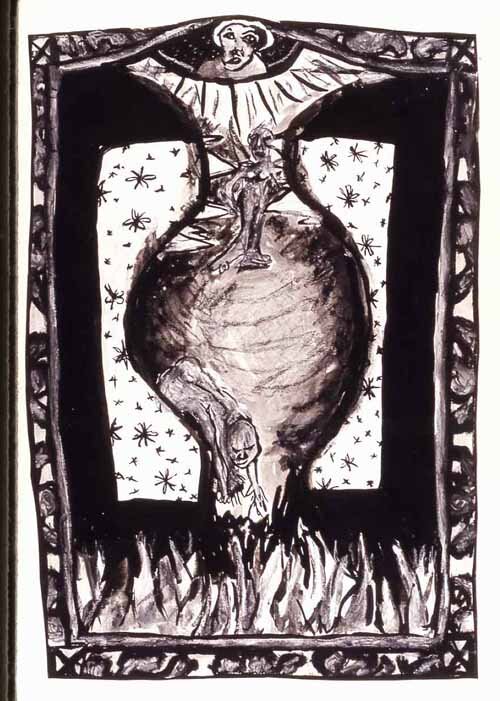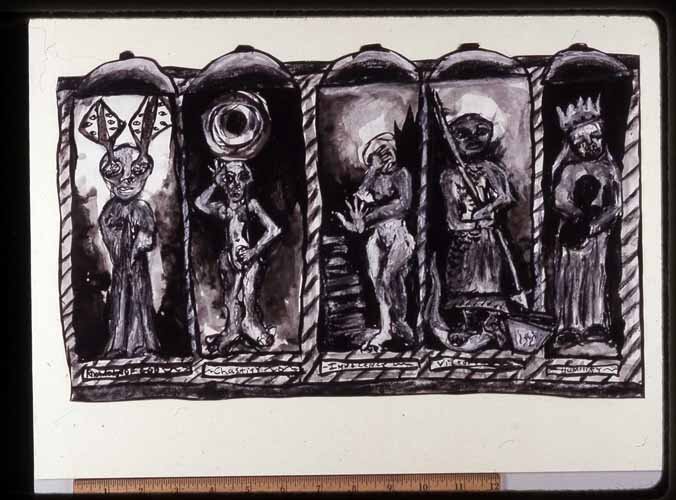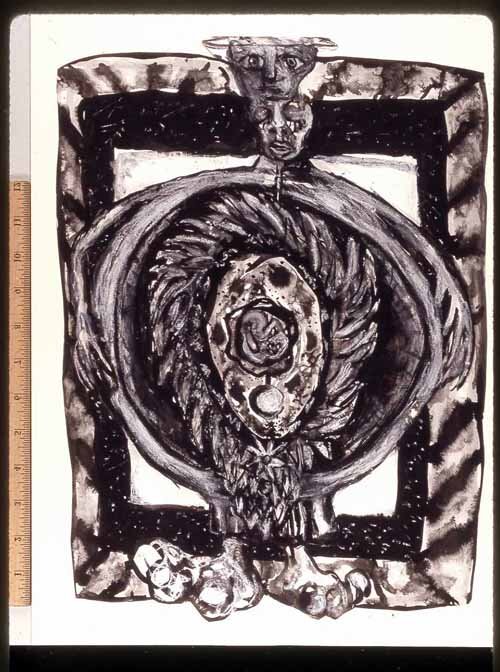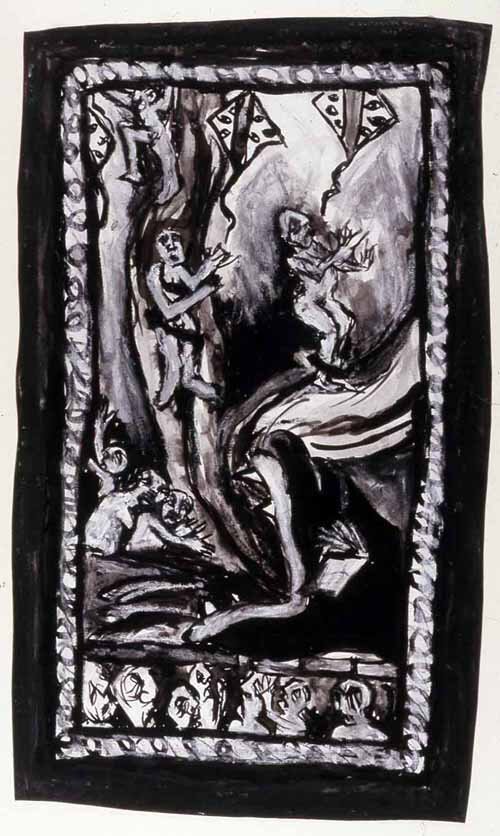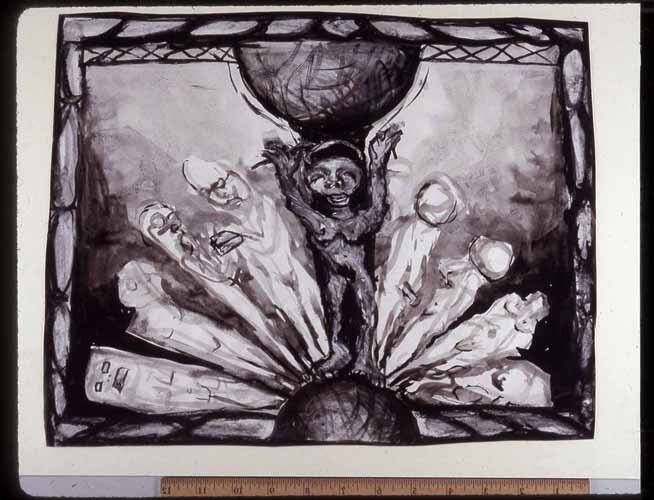Angel Gabriel Icon- My first attempt at an icon in process
Iconographers say that icons are written, not painted. They are believed to embody the Word, God, in physical form. Icons act as physical windows into Heaven and icon writing is a direct experience of the Divine.In life, we have the illusion that we are in control, that we pick our jobs, our mates, etc. It’s not true, but it feels that way (See Gartenfische for more on this). In the process of icon writing, that illusion is stripped away. Every form, every color, every technique is strictly prescribed. This is very hard on the ego believe me! See my attempt at an icon above. I studied under Vladislav Vladislav Andrejev at the School of the Sacred Art, but my ego was too strong at that time to enter fully into the process. In forcing the ego to submit, the artist is healed and brought closer to God. It is this healing moment which is captured in the icon. This moment resonates purely with Source and transforms a block of wood, egg yolk and pigment into a doorway to the Divine.Before writing an icon, it is customary to pray. Here are some excerpts from a traditional prayer. It is extremely interesting how much of this prayer has to do with healing and cleansing the artist.
Glory to Thee O God, Glory to Thee.
O Heavenly King, Comforter, Spirit of Truth, Who art everywhere present and fillest all things, Treasury of Blessings and Giver of Life, come and abide in us, and cleanse us from every impurity, and save our souls, O Good One. …Master, pardon our iniquities.Holy One, visit and heal our infirmities, for Thy Name's sake.Lord have mercy, Lord have mercy, Lord have mercy.…Enlighten and direct our souls, our hearts, and our spirits. Guide the hands of your unworthy servant so that we may worthily and perfectly portray Your Icon, that of Your Holy Mother, and of all the saints, for the glory, joy, and adornment of Your Holy Church.Forgive our sins and the sins of those who will venerate these icons, and who, standing devoutly before them, give homage to those they represent. Protect them from all evil and instruct them with good counsel.….Amen
For the whole prayer click here. This is very traditional religious language, but we can look deeply and see a universal message.Let’s go back to intention. The icon writer intends to meet God. Such a lofty goal necessitates transformation. If, as in much contemporary art, the artist’s goal is to shock, or argue a point, self-aggrandize, then really why bother. We all get that every second of everyday anyway!Each of us has this one life, this one moment to shine and add luminosity to the world. Why would we choose anything other than fearless, unrelenting opening to God?
--------------------------------
I have chosen different spiritual path from icon writing in my art. Icon writing requires the will to will God’s will. This a beautiful and rich spiritual path, amazing. But my aim is different. I seek to tread what is called the via negativa. I wish to release my will completely, not even to will God’s will. I wish to be an empty vessel, a womb, open to be filled by the Divine. Every thing, thought, and idea I can release makes more space for the Divine creative flow to fill and perhaps birth forth as something completely new.



 So I started & finished
So I started & finished 